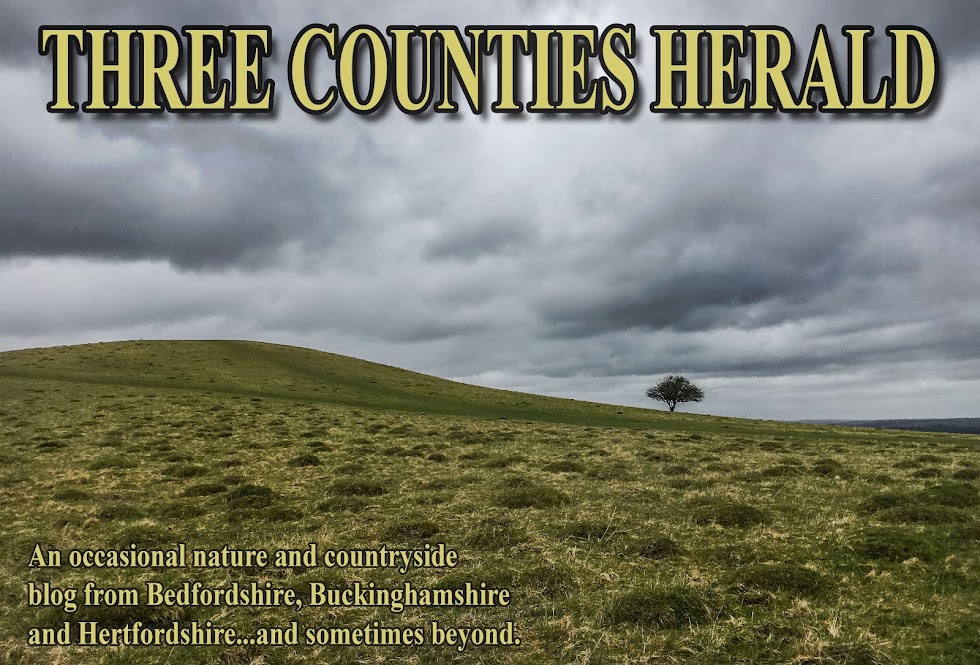Wednesday 13th. November 2013
Another early start on what was going to be a very enjoyable day of idle banter and relaxed bird watching in the company of two like minded friends.
It was dark and cold, with a clear sky and a touch of frost, when I arrived at Keith’s at just past 5am. We soon packed all the gear into his car and set off on our two hour journey to meet up with Adrian at the RSPB’s Freiston Shore reserve near Boston in Lincolnshire, where the Pilgrim Fathers set sail from…so the sign said!! Adrian was already there to meet us when we arrived at just past 7am. After a cup of tea and a chinwag while watching the sun rise, over the bird filled lagoon, into a cloudless blue sky we were ready to go and explore the reserve.

A Mute Swan, bathed in the early morning sunshine, takes it’s first flight of the day.

Unfortunately as we walked around the side of the lagoon to the hide the majority of the birds decided that the best place to be was over on the side that was furthest away from us! There were large flocks of Dark-Bellied Brent Geese noisily flying overhead on their way to feed out in the meadows and on the salt marsh. There was also very large flocks of Golden Plover that frequently took to the air and gave a golden shimmering display as they whirled around in the sunshine, sometimes completely obscuring the view.

We were soon up onto the sea bank and the start of our 3 mile circular walk around the ‘wetland trail’ with an excursion (a good mile round trip!) to the Cut End bird hide.
Adrian was all trussed up and loaded down with Bertha while Keith was contemplating a visit to the local supermarket to do his weekly shop!!

This was the first outing for Keith’s (shopping)trolley but he took all the ribbing and less than flattering remarks in good faith and we were more than grateful for it in the end, well up to a point!…more later.
Not many mountains around here!

Greylag Geese practicing their formation flying.

They tried to drag us in, but we managed to keep our freedom…just!

Eventually our destination is in sight…Cut End Hide.

Adrian decided to use the ungainly method of entry…we just used the gate!

Now this is where Keith’s trolley came into it’s own as he started to unpack coffee, soup and cheese rolls. It was a good idea after all….well maybe?…more later!
As we sat for a well earned rest and refreshment we took in the (flat!) view over The Wash.

Whilst sitting and taking in the pleasant sunshine I suddenly heard a melancholy sort of wailing sound, my first thought when I looked up and saw the long flowing locks was…mermaid!…but no! it was only Keith, who had been exploring and was just cursing the fact that he had stepped into some rather deep and smelly mud!
Mermaid?

Alf kept a keen eye out for any rarities that might have put in an appearance.

With well over half the distance of our walk completed it was now that Keith’s trolley, or it could just have been Keith, had a bit of a poor showing!
“Would anyone like an apple?” was the question, as we sat on a bench for another short rest…after much rummaging, muttering and a partial unloading of the said trolley the next refrain to greet our ears was “o f*** it, I’ve left them in the car”….It was a good job that both me and Adrian had turned down the offer of an apple….we weren’t too disappointed!
There were a lot of ‘watchers’ along the route.

I wonder if I could get a fringe like that?
As I mentioned earlier there were a lot of Dark-Bellied Brent Geese around but uncannily they seemed always to be on the furthest side of the reserve to us…apart from this one, who we called Billy no mates!

Our trek was now coming to and end and we were soon back at the car park where Adrian again did the honours with the tea and coffee. As luck would have it amongst the Mallard the Wigeon and the sheep that were feeding on the grass in front of the lagoon there was a good number of Redshank and Black-Tailed Godwits, with possibly a few Bar-Tailed Godwits mixed in!
Black-Tailed Godwit



Grey Plover.

Is this a Barwit or a Blackwit?

It was soon time to make tracks for home and after a brief reflection on how good the day had been we said farewell to Adrian and wished him all the best until the next we meet up, most probably, in the new year.
It was a great day with good company…we put the world to rights, had a few laughs, a nice walk in pleasant weather and plenty of birds to see. What better way to spend a day?
Before we left we gave this fella instructions to keep an eye on things until our next visit!

















